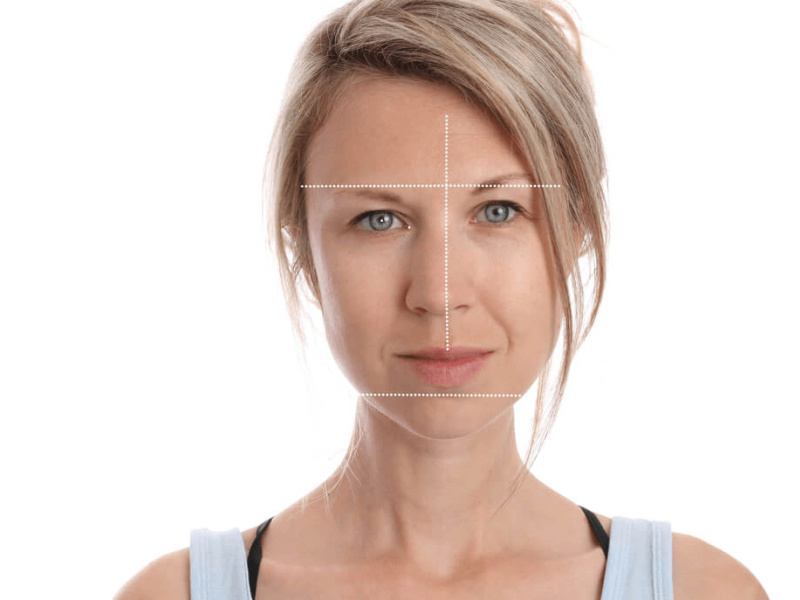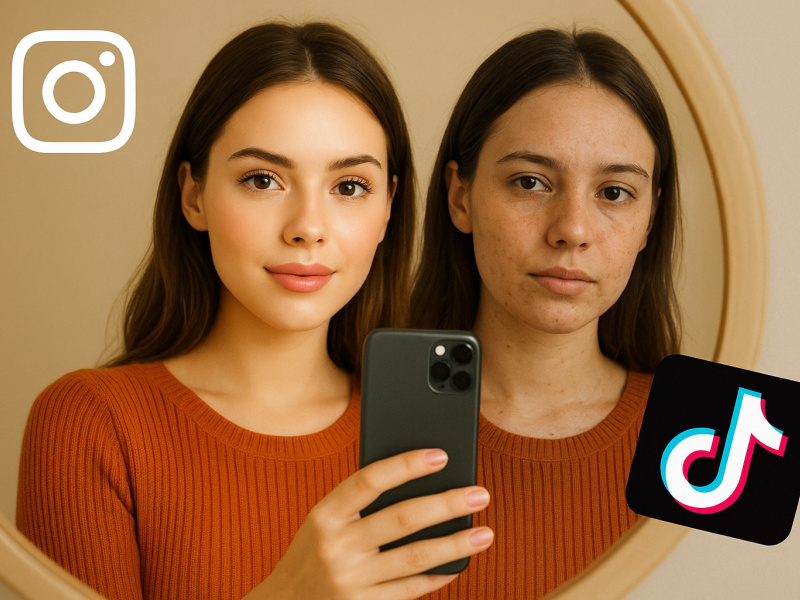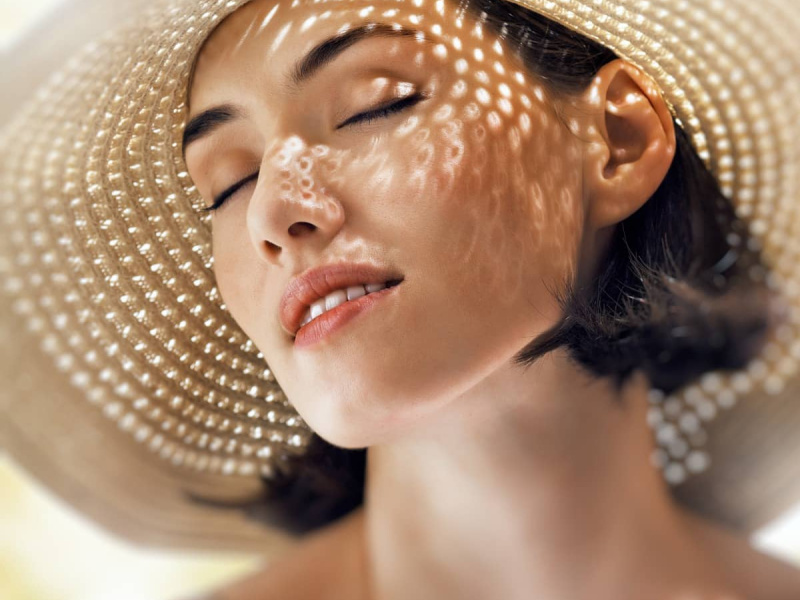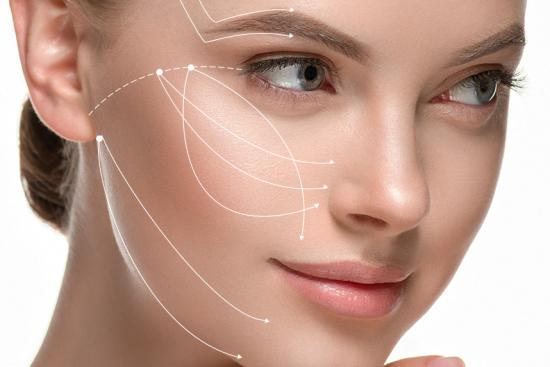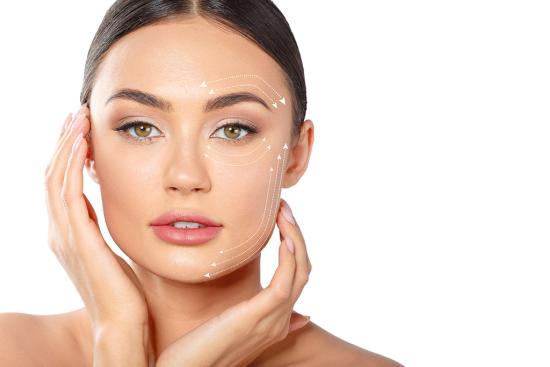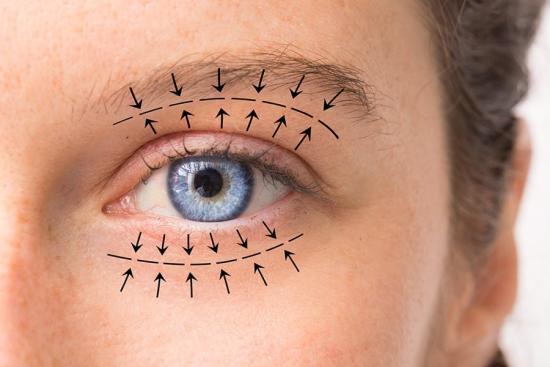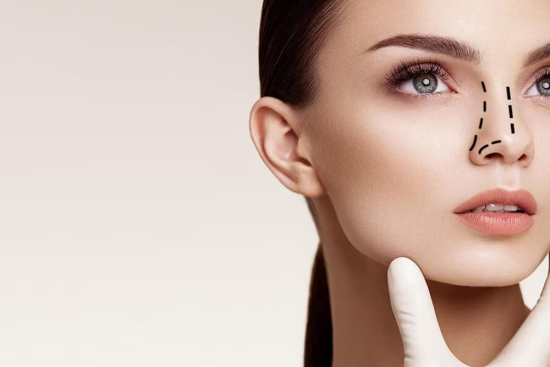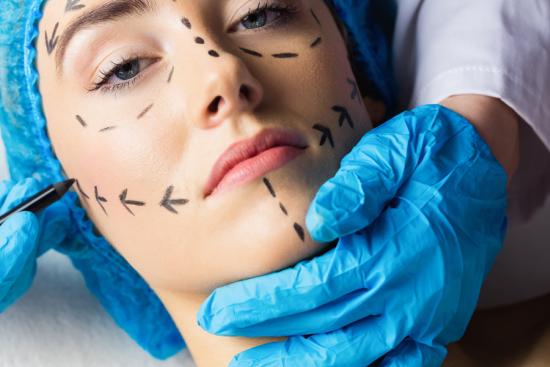You may have noticed that you don't always like the way you look in selfies. Does one eye seem more closed than the other? Are your cheekbones not quite aligned?
Facial asymmetry is more common than you might think. In fact, no human face is perfectly symmetrical. However, when this imbalance becomes noticeable or affects your self-confidence, it's perfectly legitimate to want to understand why it happens and how to fix it.
What is facial asymmetry?
Facial asymmetry is a visible imbalance between the left and right sides of the face. It can affect the jawline, eyes, eyebrows, lips, cheeks, and temples.
Facial asymmetry can be:
- Slight and natural, often imperceptible;
- Or marked, which may be linked to a growth disorder, trauma, or loss of harmony due to aging.
What are the possible causes of facial asymmetry?
There are many possible origins of facial asymmetry, which are sometimes combined. Some are present from birth, while others develop over time. Here are the main causes to be aware of:
Congenital causes
- Some people are born with more pronounced asymmetry due to genetic factors or developmental disorders.
- Bone or muscle malformations from birth.
- Congenital torticollis can influence facial growth.
- Rare syndromes, such as Poland syndrome or Treacher Collins syndrome, affect facial structures.
Acquired causes
Asymmetry can also appear throughout a person's life following an event or ingrained habits.
- Facial trauma (fracture, injury, or surgery).
- Sequelae of facial paralysis, such as Bell's palsy.
- Dental disorders, such as tooth loss, malocclusion, or misalignment.
- Natural aging, such as loss of volume and asymmetrical skin sagging.
- Daily habits, such as always sleeping on the same side, chewing on one side only, or crossing the legs in one direction, can also contribute to facial asymmetry over time.
How can you identify facial asymmetry?
Do you think your face is not perfectly symmetrical? No face is perfectly symmetrical. However, some asymmetries may be more noticeable or cause discomfort. Here are a few simple techniques to help you see things more clearly.
The "photo mirror" method
Take a relaxed photo of your face from the front and draw a vertical line down the center. Then, duplicate each half to create two "perfect" faces (left + left or right + right). If the results are very different, it may indicate a significant asymmetry.
Self-observation in the mirror
As you look closely at yourself in the mirror, ask yourself these questions:
- Are your eyes at the same height?
- Is your nose in line with your chin?
- Do your lips turn up evenly when you smile?
- Does any part of your face look larger or saggy?
Professional diagnosis
A specialist, such as a maxillofacial surgeon, aesthetic doctor, or orthodontist, can perform a thorough and objective analysis of your face. Using tools such as 3D modeling, muscle analysis, and scans, these professionals can identify the source of the asymmetry (e.g., bone, muscle, or posture) and suggest appropriate solutions.
If the asymmetry is recent, progressive, or accompanied by other symptoms, such as pain or loss of sensitivity, a medical consultation is required.
Non-surgical solutions for facial asymmetry
Today, there are effective and personalized solutions that are increasingly gentle for rebalancing facial features. The specific solution depends on the origin and intensity of the imbalance.
The non-invasive solutions proposed below are ideal for correcting mild to moderate asymmetry:
Hyaluronic acid injections
Hyaluronic acid injections enable precise reshaping of the face. By filling in hollow areas or restoring volume symmetry, this treatment offers immediate, natural, and adjustable results.
You can use it to rebalance cheekbones, reposition a slightly offset chin, or compensate for a difference in volume between the two sides of the face.
Botulinum toxin (Botox)
Asymmetry can be caused by excessive contraction of certain muscles on one side of the face. This is particularly the case after facial paralysis or due to a natural muscle imbalance.
In such cases, Botox can be injected to relax over-contracted areas and restore better symmetry. It can also be used to realign eyebrows, correct an uneven smile, and adjust mouth movements.
Firming Technologies
Treatments such as radiofrequency and focused ultrasound (HIFU) are highly effective at addressing sagging skin and asymmetry, which often affects just one side of the face.
These non-invasive techniques stimulate deep collagen production, gradually restoring firmness and tone to the tissues. They can smooth and lift sagging areas while producing natural, gradual results.
Surgical solutions to rebalance the face
When facial asymmetry is severe or linked to significant bone, muscle, or dental issues, surgery can provide an effective, long-lasting solution. These procedures are generally considered after a thorough diagnosis, which may include morphological, radiological, and orthodontic analyses.
Orthognathic surgery
It is one of the most common procedures for correcting structural asymmetry. It allows the upper jaw (maxilla), lower jaw (mandible), or both to be repositioned precisely to restore functional and aesthetic balance.
It is often indicated in cases of:
- Malocclusion (misalignment of the teeth).
- Prognathism (lower jaw too far forward)
- Retrognathia (jaw too far back)
- Lateral deviation of the chin.
Orthognathic surgery is planned in collaboration with an orthodontist and a maxillofacial surgeon to ensure harmonious results in terms of function (e.g., chewing and breathing) and aesthetics.
Genioplasty to recenter the chin
Genioplasty can be performed alone or with orthognathic surgery to correct an overly prominent, receded, or deviated chin.
Acting on the axis and volume of the chin restores natural symmetry to the lower face, providing precise, tailor-made results.
Facial implants or lipofilling
When concerns involve volume asymmetry (cheekbones, temples, mandible, etc.), the face can be rebalanced with implants or lipofilling (injection of autologous fat).
- Facial implants are custom-made to restore volume to hollowed or underdeveloped areas.
- Facial lipofilling uses fat taken from another area of the patient's body to reshape facial contours in a smoother, more natural way.
These techniques are often chosen for their precision and durability, with relatively minor postoperative effects.
Unilateral or complete facelift
As we age, our faces often do not age symmetrically. One side may sag faster than the other, creating an uneven appearance.
A facelift surgery can lift sagging tissues and redefine facial contours, whether targeted or global. When performed asymmetrically, the procedure adapts to the patient's unique features, subtly correcting differences in tone or volume.

